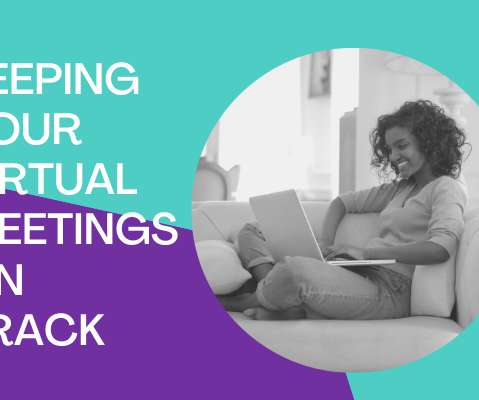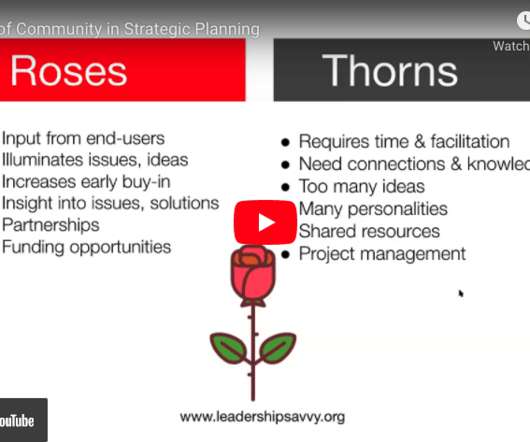Trainer’s Tip: Your Room Set Up Can Make or Break the Learning Experience
Beth's Blog: How Nonprofits Can Use Social Media
JANUARY 19, 2017
I’ve spent a lot of time trying to understand how the feng shui of a classroom impacts learning. Circles without tables, just chairs helps promote group discussion. Having a large enough space so people can move around and self-organize into small groups also promotes learning. What to do?


















Let's personalize your content